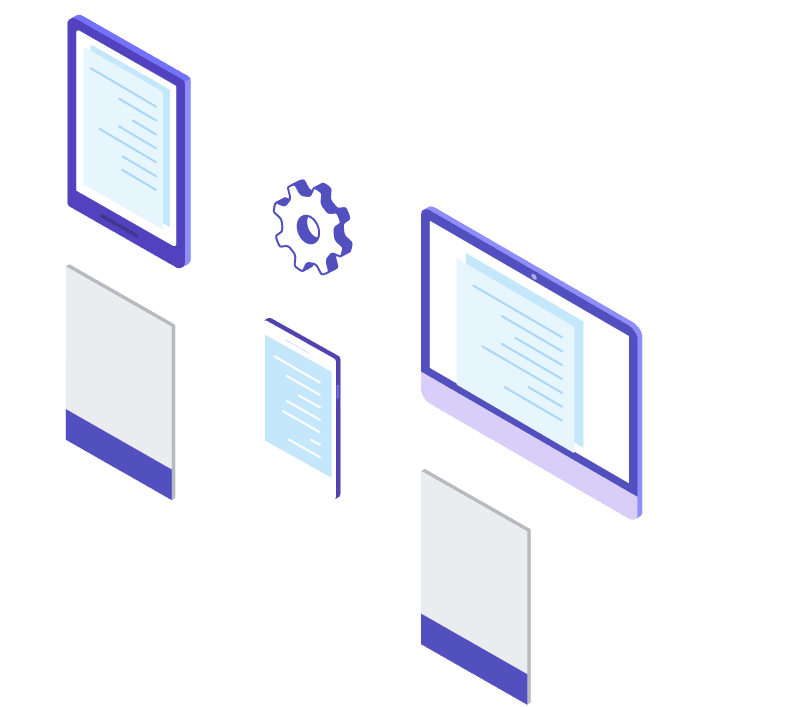Red Hat System Administration -hours
Red Hat is the world’s leading provider of open source solutions, using a community-powered approach to provide reliable and high-performing cloud, virtualization, storage, Linux, and middleware technologies

Red Hat System Administration – I (Module-I)
Red Hat System Administration I (RH124) equips you with Linux® administration “survival skills” by focusing on foundational Linux concepts and core tasks. You will learn how to apply command-line concepts and enterprise-level tools, starting you on your journey toward becoming a full-time Linux system administrator.
Chapter 1 : Get started with Red Hat Enterprise Linux
Describe and define open source, Linux distributions, and Red Hat Enterprise Linux.
Chapter 2 : Access the command line
Log into a Linux system and run simple commands using the shell.
Chapter 3 : Manage files from the command line
Copy, move, create, delete, and organize files while working from the bash shell.
Chapter 4 : Get help in Red Hat Enterprise Linux
Resolve problems by using local help systems.
Chapter 5 : Create, view, and edit text files
Manage text files from command output or in a text editor.
Chapter 6 : Manage local users and groups
Create, manage, and delete local users and groups, as well as administer local password policies.
Chapter 7 : Control access to files
Set Linux file system permissions on files and interpret the security effects of different permission settings.
Chapter 8 : Monitor and manage Linux processes
Evaluate and control processes running on a Red Hat Enterprise Linux system.
Chapter 9 : Control services and daemons
Control and monitor network services and system daemons using systemd.
Chapter 10 : Configure and secure SSH
Configure secure command line service on remote systems, using OpenSSH.
Chapter 11 : Analyze and store logs
Locate and accurately interpret logs of system events for troubleshooting purposes.
Chapter 12 : Manage networking
Configure network interfaces and settings on Red Hat Enterprise Linux servers.
Chapter 13 : Archive and transfer files
Archive and copy files from one system to another.
Chapter 14 : Install and update software
Download, install, update, and manage software packages from Red Hat and yum package repositories.
Chapter 15 : Access Linux files systems
Access, inspect, and use existing file systems on storage attached to a Linux server.
Chapter 16 : Analyze servers and get support
Investigate and resolve issues in the web-based management interface, getting support from Red Hat to help solve problems.
Chapter 17 : Comprehensive review
Review the content covered in this course by completing hands-on exercises.
Red Hat System Administration – II (Module-II)
Red Hat System Administration II (RH134) builds upon and lends context to the foundational knowledge established in Red Hat System Administration I (RH124).
Chapter 1 : Improve command line productivity
Run commands more efficiently by using advanced features of the bash shell, shell scripts, and various utilities provided by Red Hat Enterprise Linux.
Chapter 2 : Schedule future tasks
Schedule commands to run in the future, either one time or on a repeating schedule.
Chapter 3 : Tune system performance
Improve system performance by setting tuning parameters and adjusting scheduling priority of processes.
Chapter 4 : Control access to files with ACLs
Interpret and set access control lists (ACLs) on files to handle situations requiring complex user and group access permissions.
Chapter 5 : Manage SELinux security
Protect and manage the security of a server by using SELinux.
Chapter 6 : Maintain basic storage
Create and manage storage devices, partitions, file systems, and swap spaces from the command line.
Chapter 7 : Manage logical volumes
Create and manage logical volumes containing file systems and swap spaces from the command line.
Chapter 8 : Implement advanced storage features
Manage storage using the Stratis local storage management system and use VDO volumes to optimize storage space in use.
Chapter 9 : Access network-attached storage
Use the NFS protocol to administer network-attached storage.
Chapter 10 : Control the boot process
Manage the boot process to control services offered and to troubleshoot and repair problems.
Chapter 11 : Manage network security
Control network connections to services using the system firewall and SELinux rules.
Chapter 12 : Install Red Hat Enterprise Linux
Install Red Hat Enterprise Linux on servers and virtual machines.
Prashant tha
Instructor
Course You Are Searching Not Available?
Get in touch with us.

